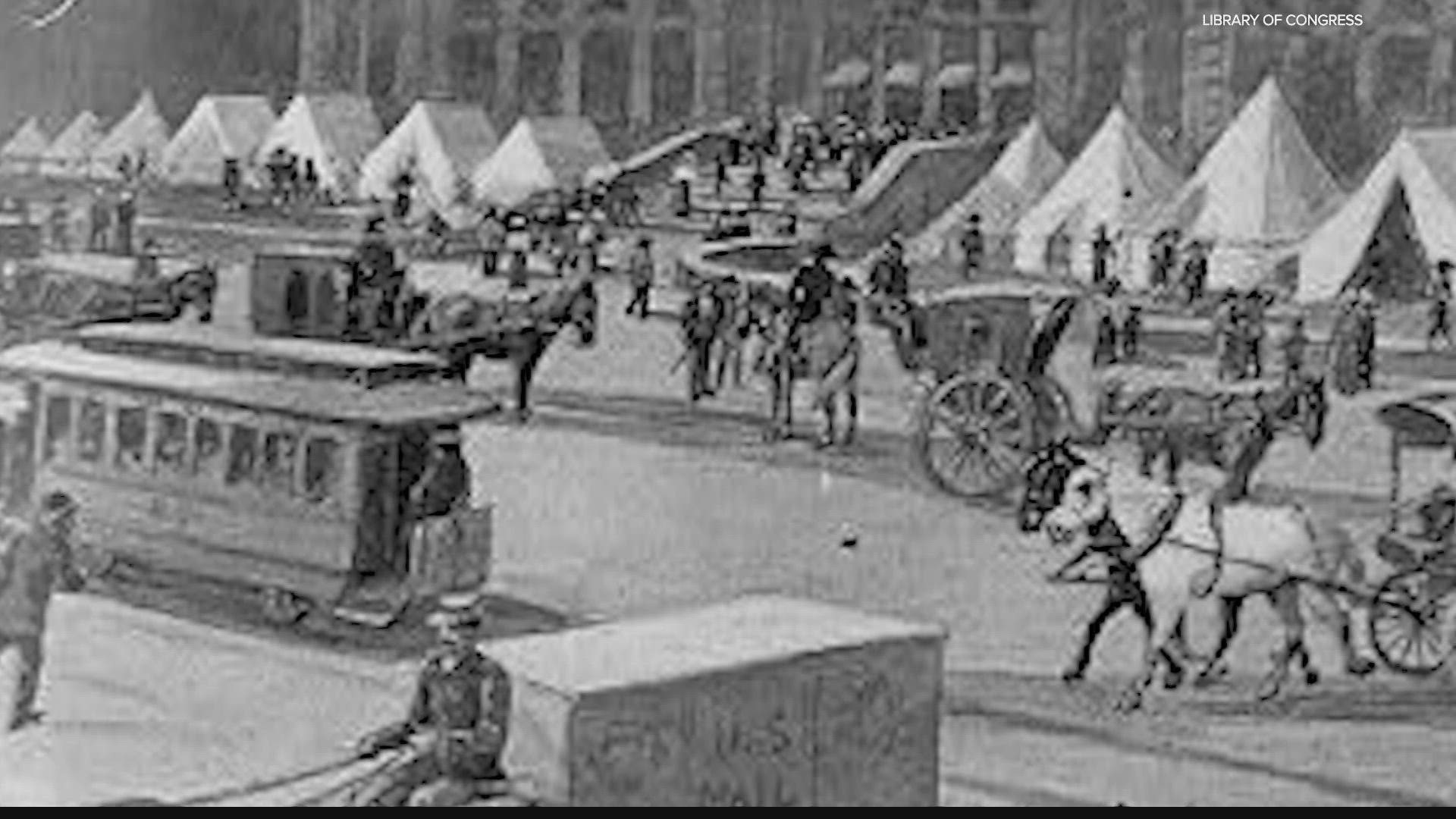INDIANAPOLIS — Labor Day pays tribute to the contributions of American workers and is a day of rest for most of us, but its beginnings were borne out of the labor movement in the 19th century.
Back in the 1800s, at the height of the Industrial Revolution, it was common for American employees to work 12 hours a day, seven days a week, in brutal conditions.
That included children as young as 5 or 6, who were forced into factories to help mitigate the low wages being earned by their parents.
At particular risk of exploitation were immigrants and the poor, who were not guaranteed clean workspaces or even breaks.
Labor activists began advocating for shorter workdays and much more.
Across the country, unions began to organize en masse and demand workers' rights.
On September 5, 1882, union leaders in New York City took unpaid leave off work and organized the first Labor Day parade. In epicenters of industry, Labor Day began to be recognized.
Twenty-four states passed legislation recognizing Labor Day as a holiday before it was signed into federal law by President Grover Cleveland, who did so in an attempt to quell worker discontent percolating in the Midwest.
On May 11, workers with the Pullman Palace Car Company went on strike to protest 16-hour workdays and low wages. The American Railways Union called for a strike of all Pullman railway trains in solidarity a month later, which then halted railway traffic in at least 27 states.
Just days after signing Labor Day into law, Cleveland sent federal troops to Chicago to end those protestors' boycott.
National guardsmen clashed with protestors, shooting into the crowd and killing at least 30 people. They left Chicago in July.
Despite the violence, it was now law that Labor Day be celebrated the first Monday of every September.
However, it would be several decades before working conditions we see today — minimum wage, an 8-hour workday, five-day workweek and protection for children in the workplace — were signed into law.
Labor Day also set the precedent for more federal holidays to be moved to Monday as a way to allow more three-day weekends for workers.
Today, Labor Day also marks the unofficial end of summer.

